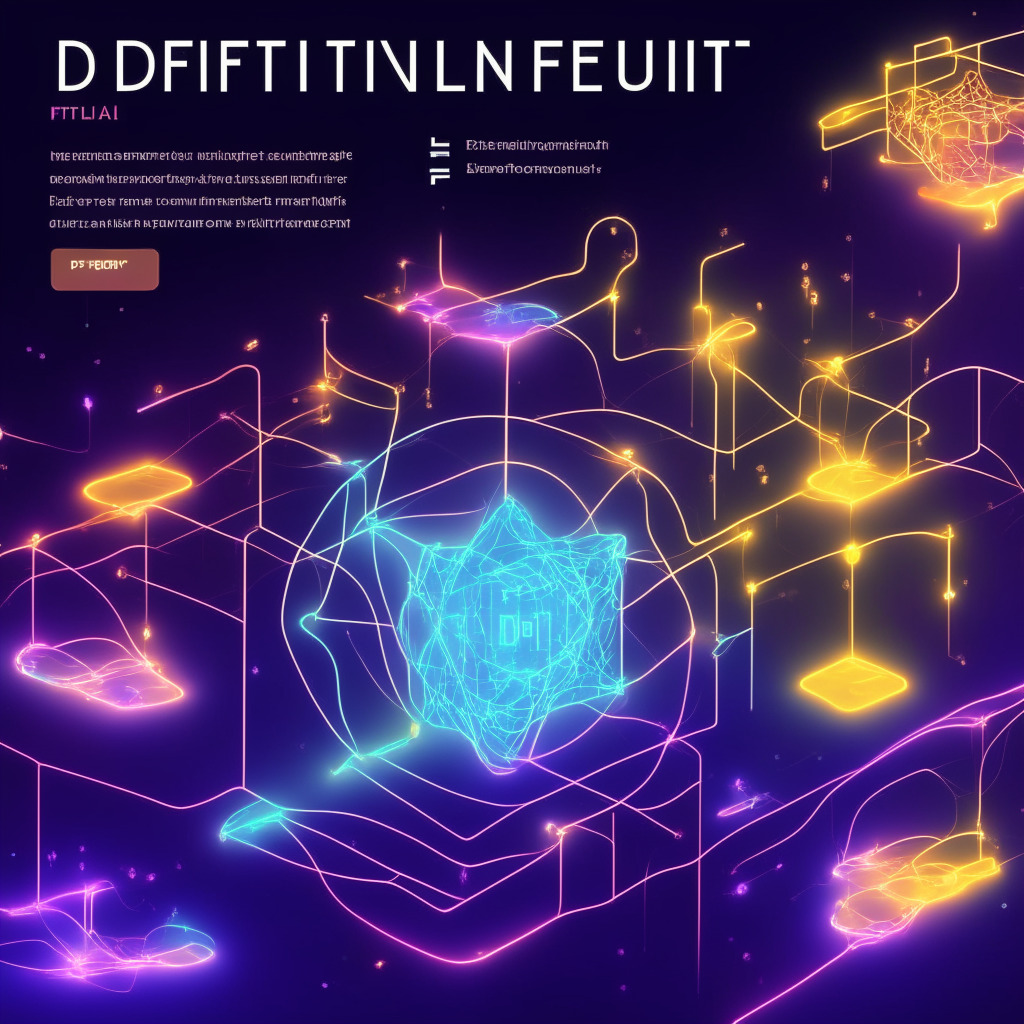The Ethereum blockchain technology scene is buzzing with the introduction of a new testing network, Holesky. Coming one year after the launch of the much-anticipated Merge, a significant transition that metamorphosed the blockchain from a Proof-of-Work (PoW) to a Proof-of-Stake (PoS) model, Holesky stands as the largest test network on the Ethereum blockchain. It’s a major leap towards ensuring that scalability issues are identified and resolved before projects go live on the mainnet.
With a capacity twice as large as the mainnet, Holesky outperforms other existing test networks, Goerli and Sepolia, in terms of its potential to stimulate massive scaling. This agility and enhanced capability are set to aid the largest smart contract projects within the Ethereum environment and beyond. Its grand ambition is to cover every aspect of scalability with a projected 1.4 million validator base and provision of 1.6 billion testnet ETH. In essence, Holesky seeks to make accessibility to testnet ETH a non-issue for developers.
The emergence of Holesky and the Merge has in several ways drawn a distinct line between Ethereum and other blockchain communities, often dubbed ‘ETH Killers’. While its efforts to solve issues of scalability and energy usage are commendable, there is a persisting skepticism around Ethereum’s centralized nature.
Looking at the proportion of Ethereum’s nodes run on Amazon Web Services and other centralized services, it’s impossible to overlook the centralization themes. Co-founder, Vitalik Buterin suggests a move towards a more decentralized model by allowing individuals to run nodes without necessarily having high-end hardware. Drawing on the concept of statelessness, he suggests minimizing data requirements thereby eliminating the reliance on large providers.
Furthermore, despite the excitement surrounding the change to PoS and staking, there remain financial barriers for individual validators. This has led to staking taking place primarily within centralized exchange pools, raising concerns about the concentration of power. This shift to staking has also attracted the attention of the Securities and Exchange Commission (SEC).
Thus, while Ethereum’s innovative steps forward with the likes of Holesky are certainly worth recognition, the question of truly achieving decentralization and providing equal opportunities for all within the ecosystem remains a compelling rhetorical question in the world of blockchain technology. Can Ethereum truly outrun the ‘ETH Killers’ whilst striving for balance between innovation and decentralization? Only time will tell.
Source: Cryptonews




